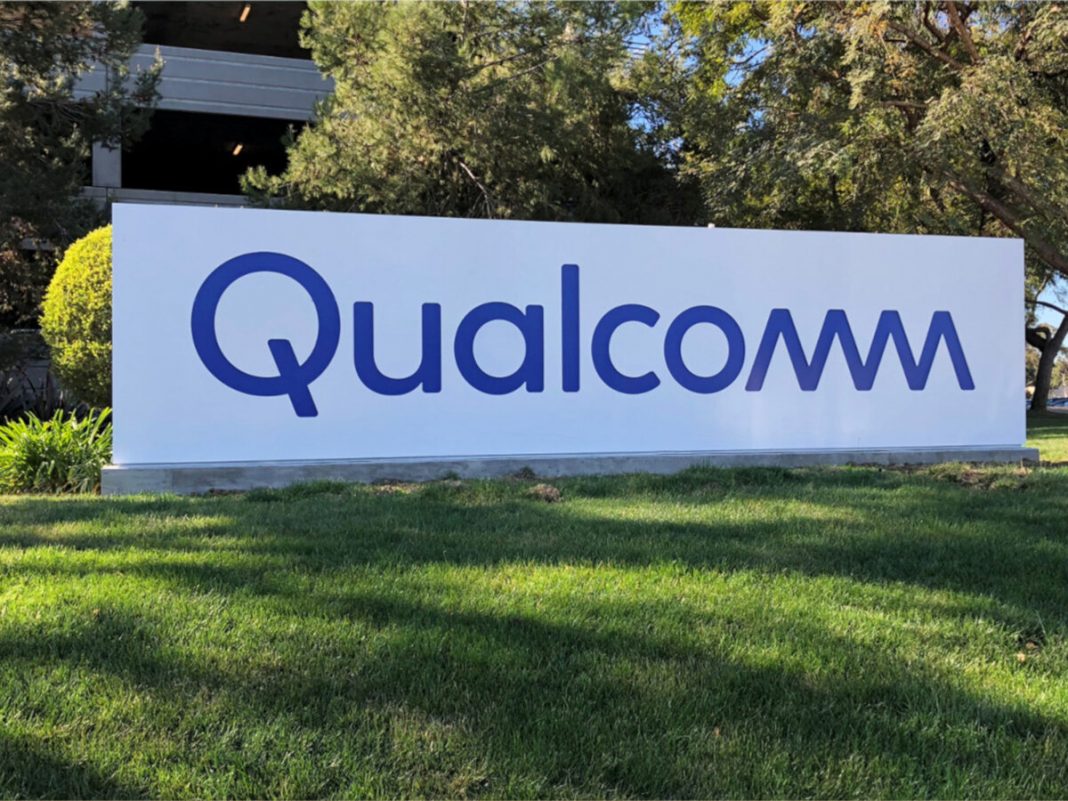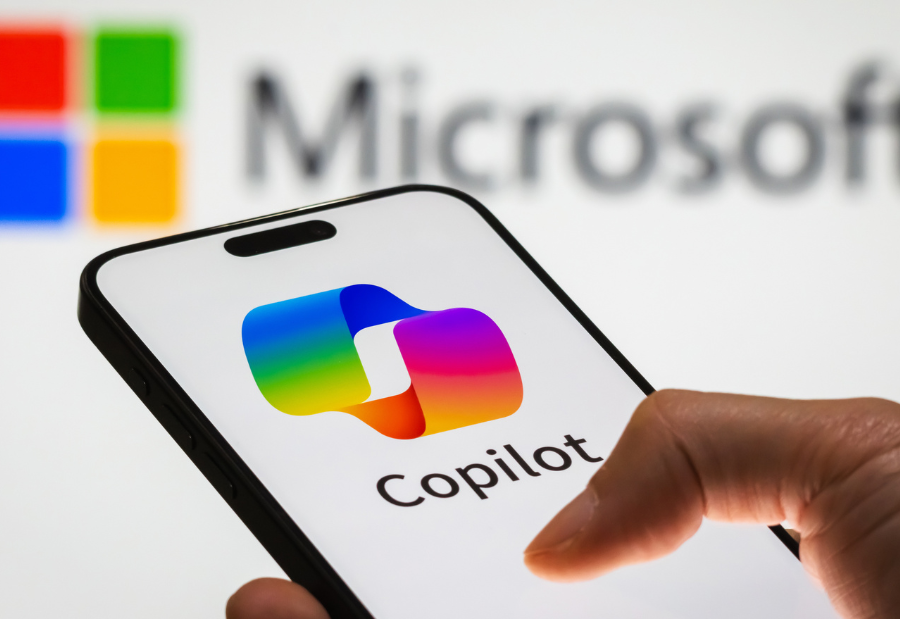Once known almost exclusively for powering smartphones, Qualcomm is steadily redefining its identity. With its latest strategic focus, the semiconductor giant is extending its influence across automotive systems, extended reality (XR) wearables, and future-forward mobile platforms—all part of a calculated move to thrive beyond the traditional mobile ecosystem.
At a recent industry event, Qualcomm executives laid out their cross-vertical roadmap, illustrating how the company is investing in technologies that connect devices, vehicles, and people in more intelligent, immersive, and responsive ways. The presentation underscored Qualcomm’s evolution from a component supplier to a platform-level solutions provider, building the connective tissue across sectors that increasingly overlap.
Automotive: From Under the Hood to Behind the Dashboard
The automotive sector has emerged as one of Qualcomm’s most promising frontiers. The company is powering a growing number of software-defined vehicles through its Snapdragon Digital Chassis—a comprehensive platform that supports everything from in-vehicle infotainment to connectivity, driver assistance, and telematics.
With partnerships across global automakers, Qualcomm is becoming integral to the future of connected and autonomous driving. AI-driven features such as real-time traffic analysis, advanced navigation, and immersive infotainment experiences are all being built on Qualcomm’s platforms. As cars transition into rolling computers, the chipmaker is clearly positioning itself to become indispensable.
Smart Glasses and XR: The Wearable Reboot
Another key focus area is extended reality (XR), including smart glasses and immersive headsets. Qualcomm has long been working on AR/VR chips, but now it’s doubling down as tech giants signal renewed interest in spatial computing. The company’s XR platform aims to deliver low-latency, high-performance computing to devices that blend digital and physical realities.
The rise of generative AI and ambient computing has revived interest in head-worn devices. Qualcomm believes smart glasses will eventually become as ubiquitous as smartphones—and it wants its chips to power that transition. Its XR solutions already support various use cases, from gaming and enterprise training to remote collaboration and hands-free productivity.
Mobile: Still Evolving, Not Standing Still
Despite the shift in focus, Qualcomm hasn’t taken its eye off the smartphone market. In fact, it continues to drive innovation with new mobile SoCs (systems-on-chip) that promise better AI processing, power efficiency, and integration with other ecosystems. With 5G adoption still expanding and on-device intelligence becoming mainstream, the mobile business remains a vital growth engine.
However, the real story lies in convergence—the way Qualcomm’s chips are now enabling seamless experiences across devices, vehicles, and wearables.
The Big Picture: Building a Cross-Device Future
Qualcomm’s multi-vertical strategy isn’t just about diversification. It reflects a broader industry shift toward interconnected ecosystems—where phones talk to cars, glasses augment workspaces, and AI personalises everything in real time.
As hardware and software continue to converge, the company’s platform-centric approach could place it at the center of the next decade’s most transformative technologies.
Also read: Viksit Workforce for a Viksit Bharat
Do Follow: The Mainstream formerly known as CIO News LinkedIn Account | The Mainstream formerly known as CIO News Facebook | The Mainstream formerly known as CIO News Youtube | The Mainstream formerly known as CIO News Twitter |The Mainstream formerly known as CIO News Whatsapp Channel | The Mainstream formerly known as CIO News Instagram
About us:
The Mainstream formerly known as CIO News is a premier platform dedicated to delivering latest news, updates, and insights from the tech industry. With its strong foundation of intellectual property and thought leadership, the platform is well-positioned to stay ahead of the curve and lead conversations about how technology shapes our world. From its early days as CIO News to its rebranding as The Mainstream on November 28, 2024, it has been expanding its global reach, targeting key markets in the Middle East & Africa, ASEAN, the USA, and the UK. The Mainstream is a vision to put technology at the center of every conversation, inspiring professionals and organizations to embrace the future of tech.




